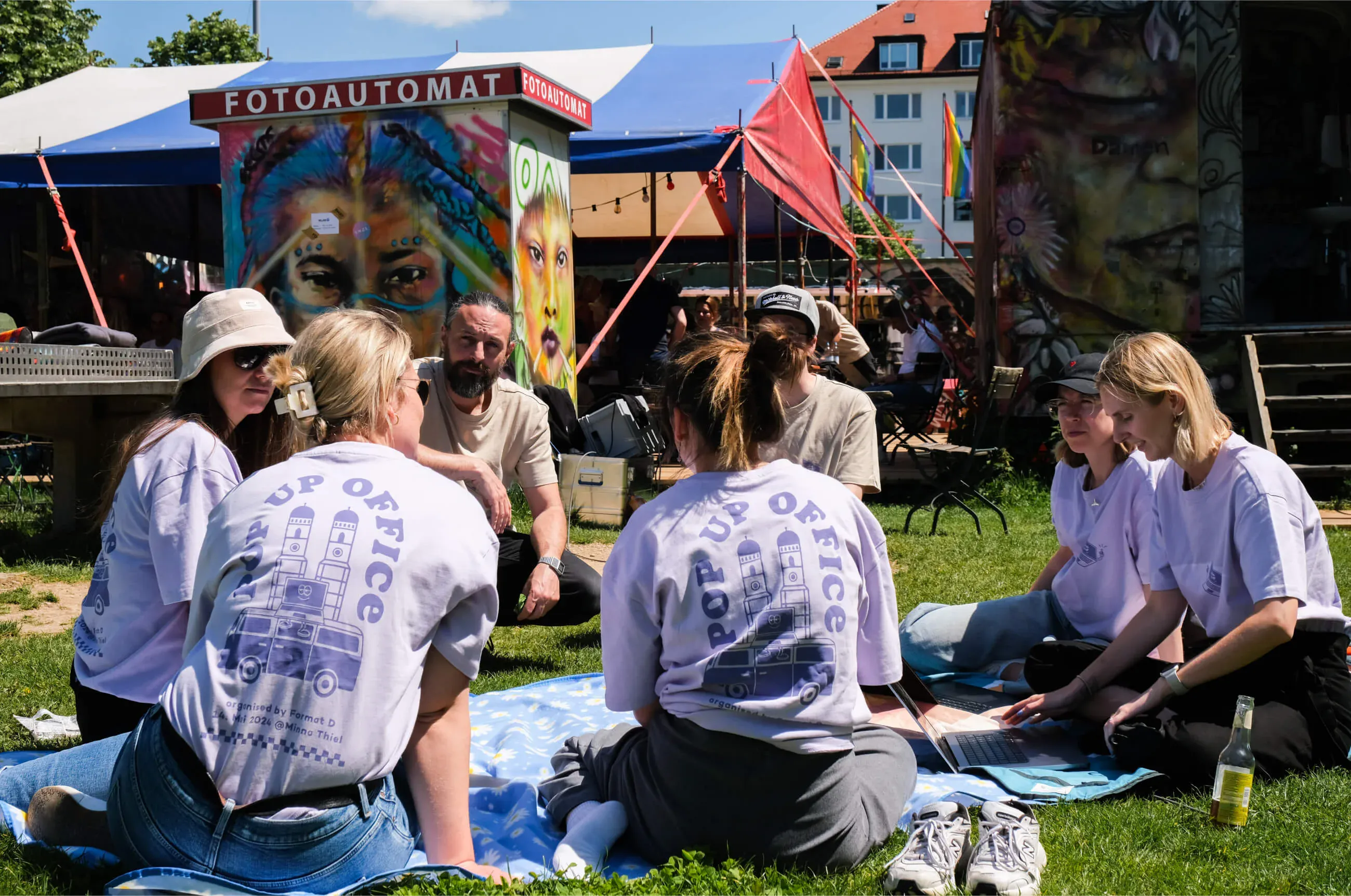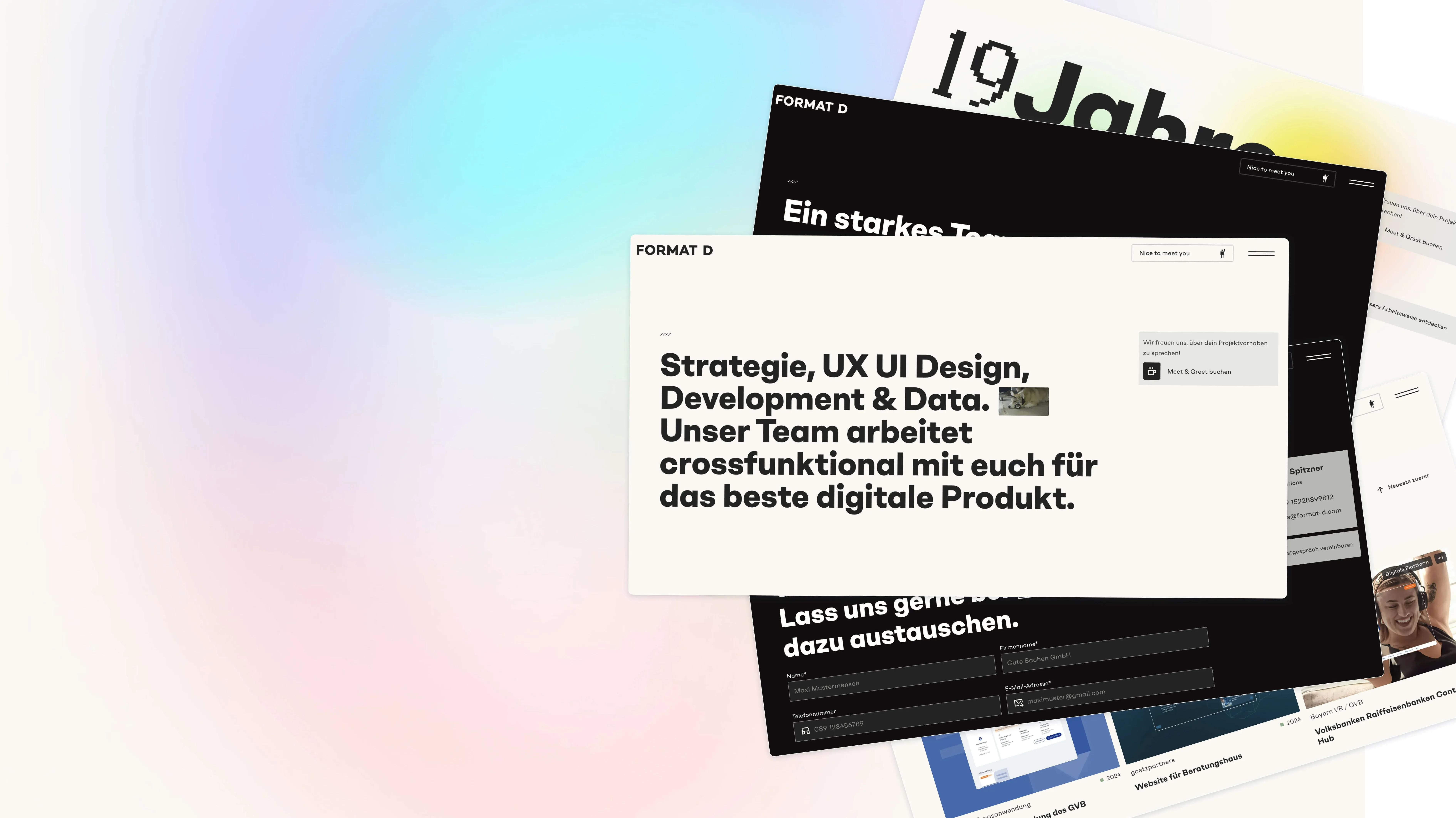Culture Design
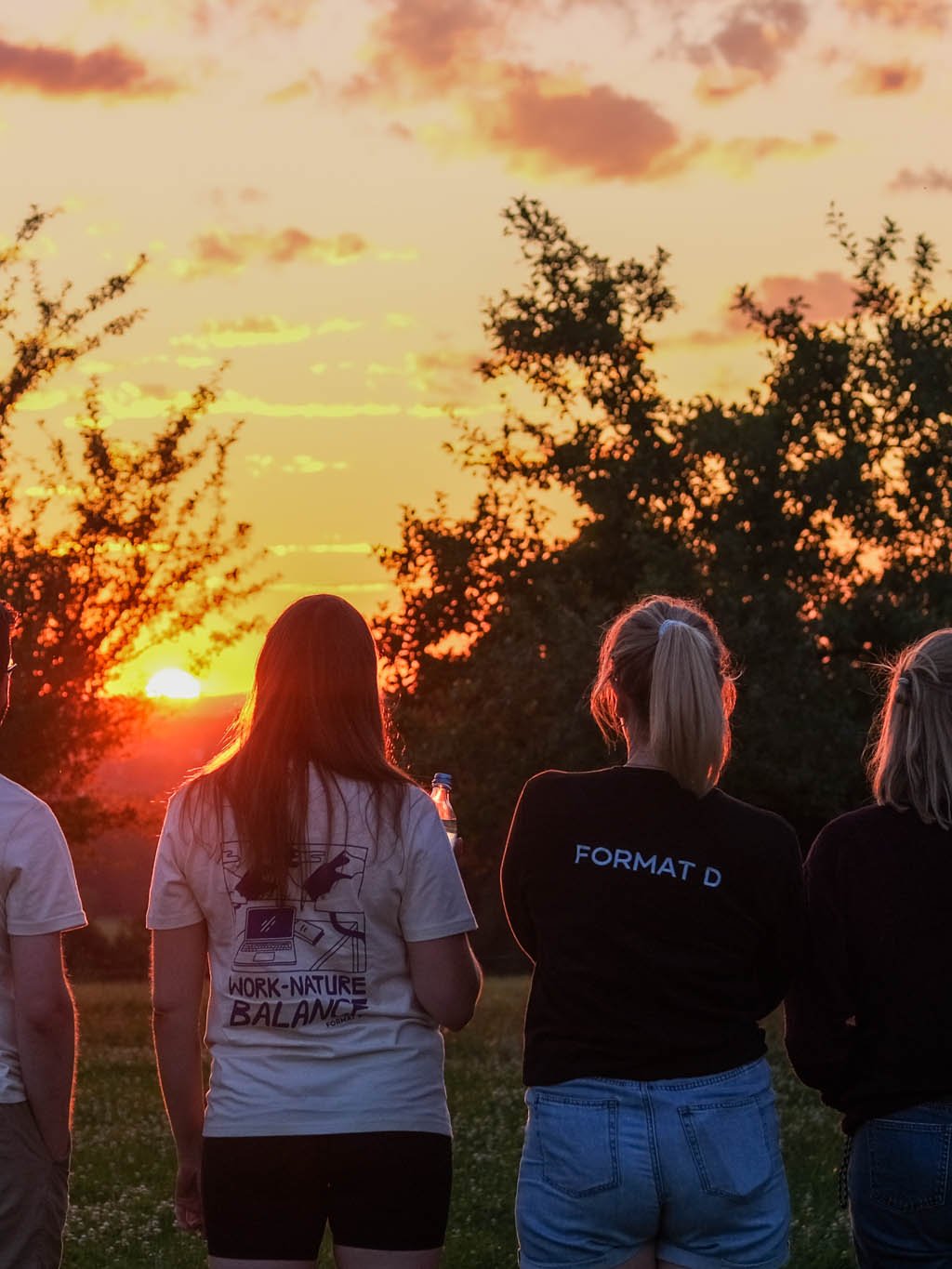
Summary
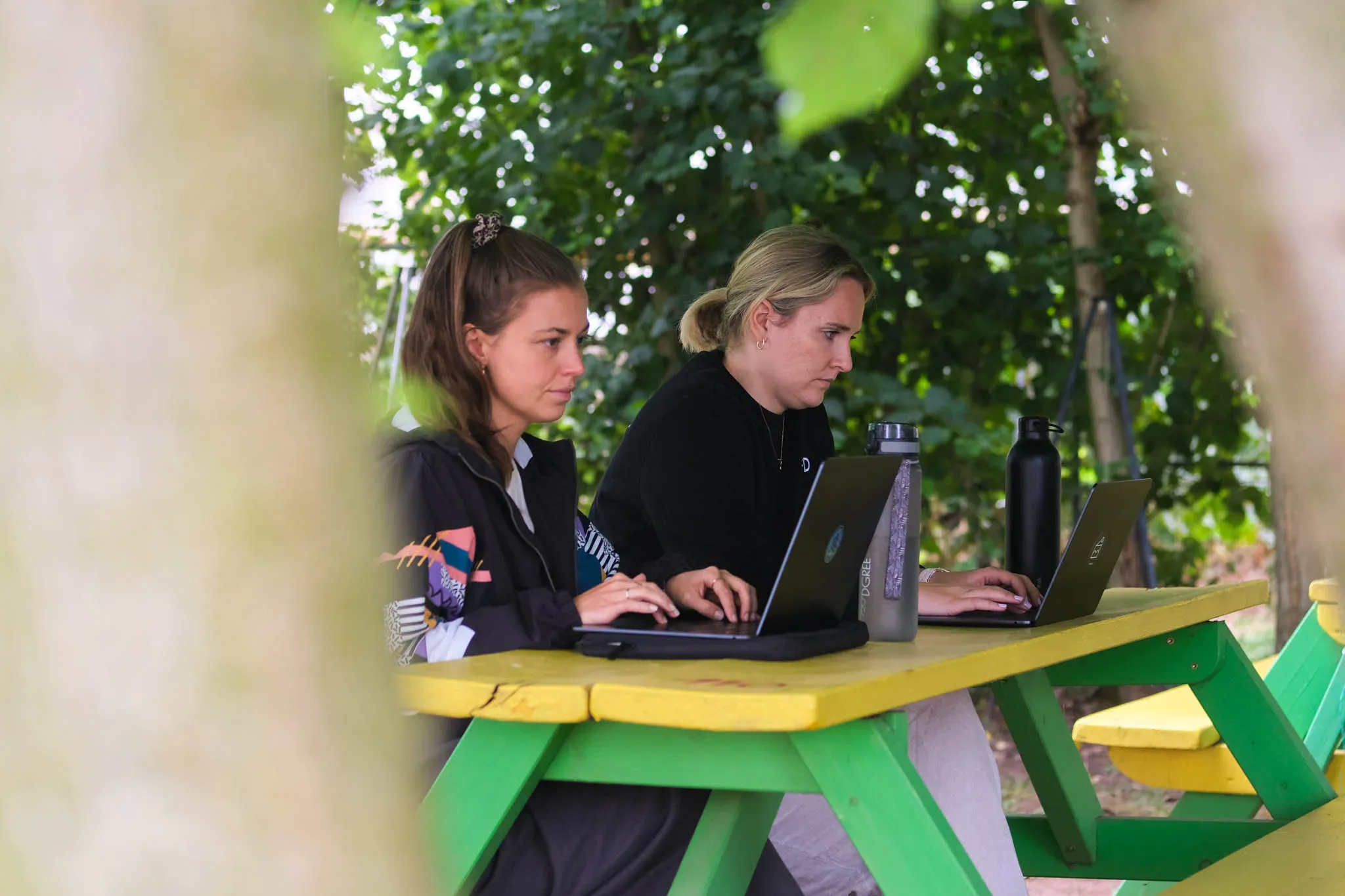
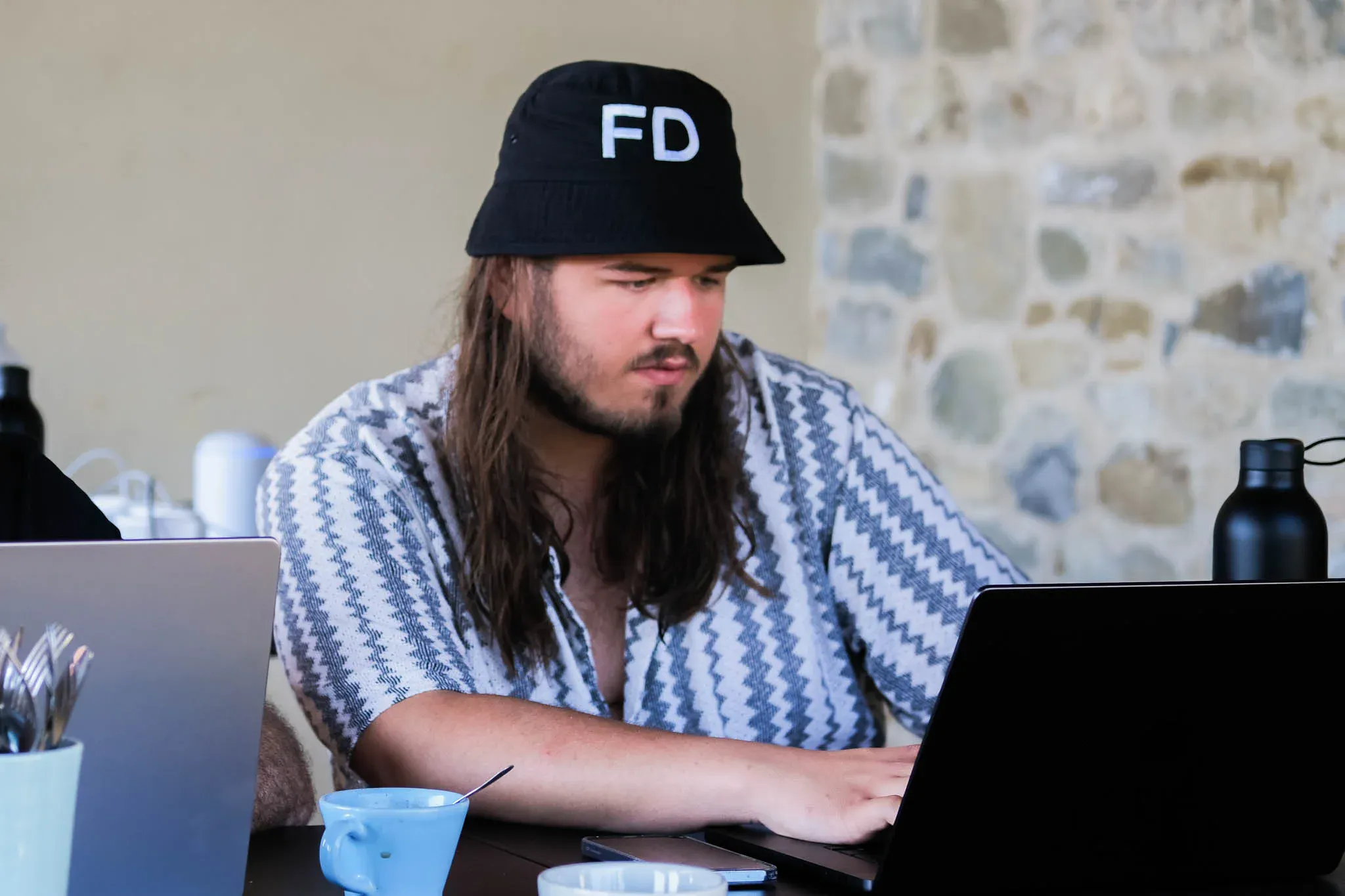
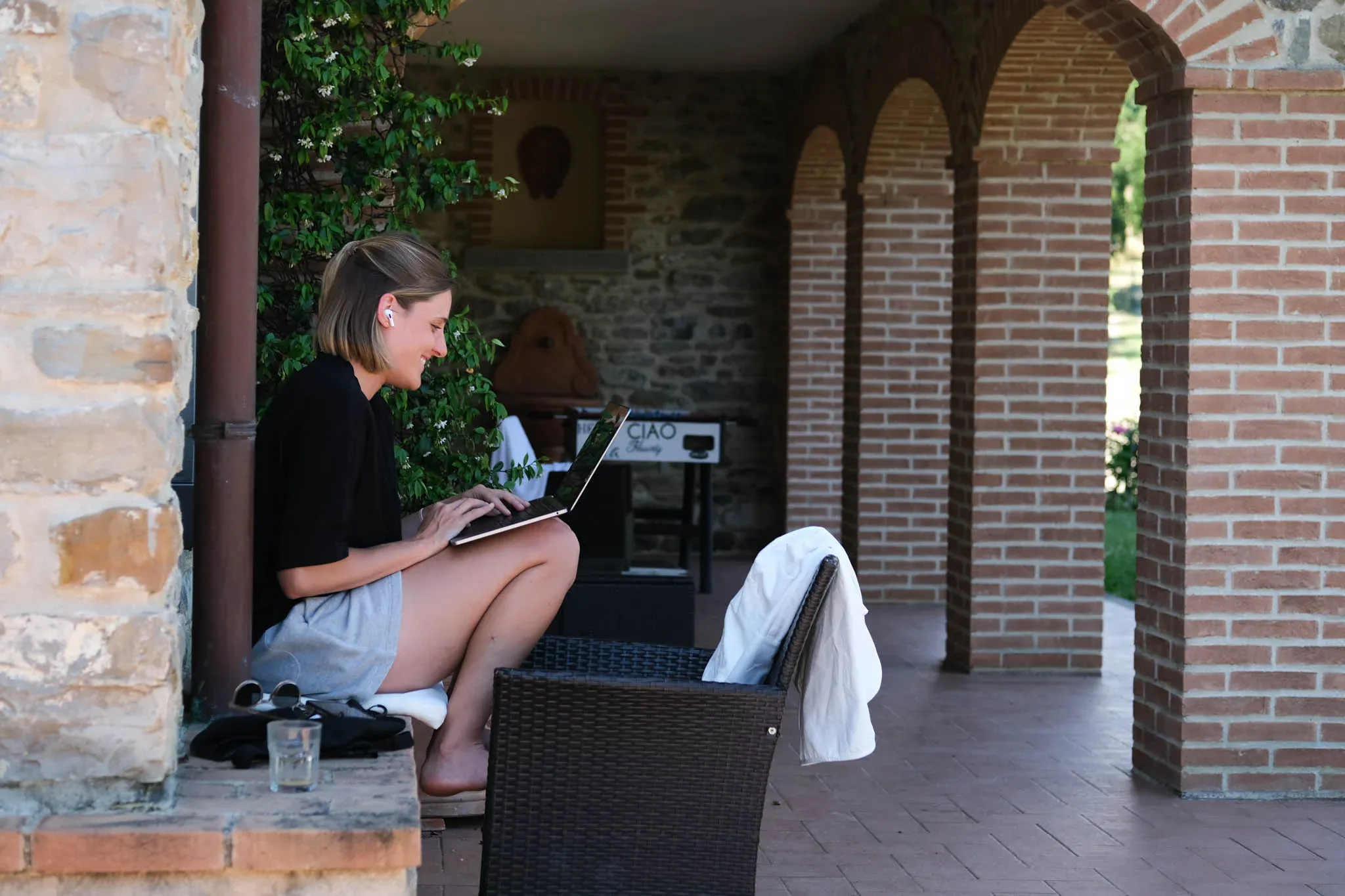
User-centred products = user-centred corporate culture?
As UX designers, we ask ourselves on a daily basis how we can design digital products to meet the needs of users. People are the basis for our daily decisions. This shift towards human-centred interaction design has been a decisive step in the success of many products and companies.
However, little attention is paid to the internal perspective - to our own team. While we design our products to be user-centred, the focus on our own colleagues is often secondary.
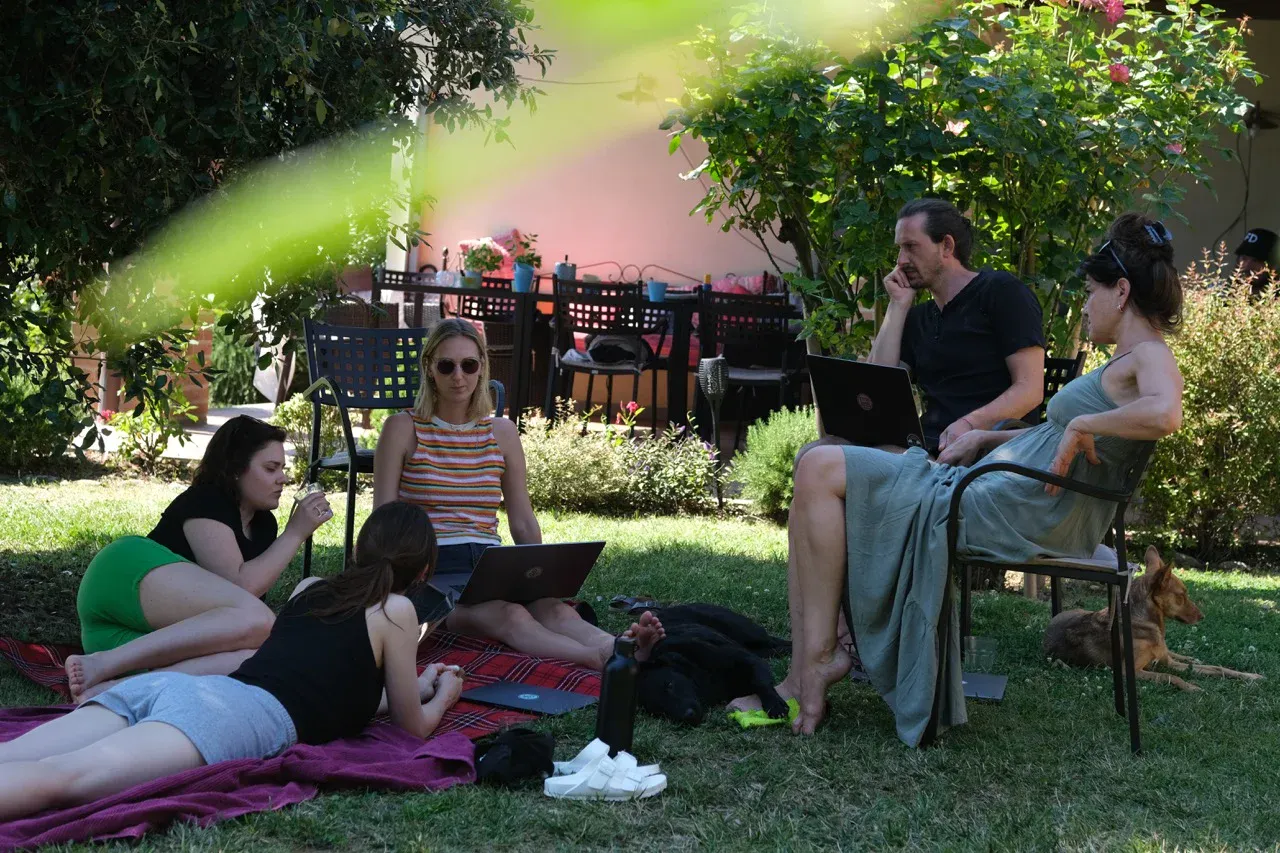
‘I'm off for a while.’Working in nature and in a team
Since Format D was founded in 2005, we have regularly focussed on unusual work locations. Every few months, we are drawn to the great outdoors - equipped with a van, camping chair and sunglasses.
In times of remote work and workation, that may not sound so special. But what's different with us is that these trips are not a spontaneous decision by individual employees who want to spend the winter in Mallorca. Our ‘WOOODAYS’ (short for ‘Working out of Office’) are a corporate decision. Every employee is invited to take part - or not. We take a similar approach with our annual Tuscany workation, where our team can combine the dolce vita with work for 14 days.
The focus here is on having fun. But there are some positive side effects: Regularly changing the working environment helps us to develop new ways of thinking, question old processes and gather inspiration. By trying out new things, we create new habits that influence our thoughts and actions. In this way, we continuously shift our focus and create space for innovative ideas.
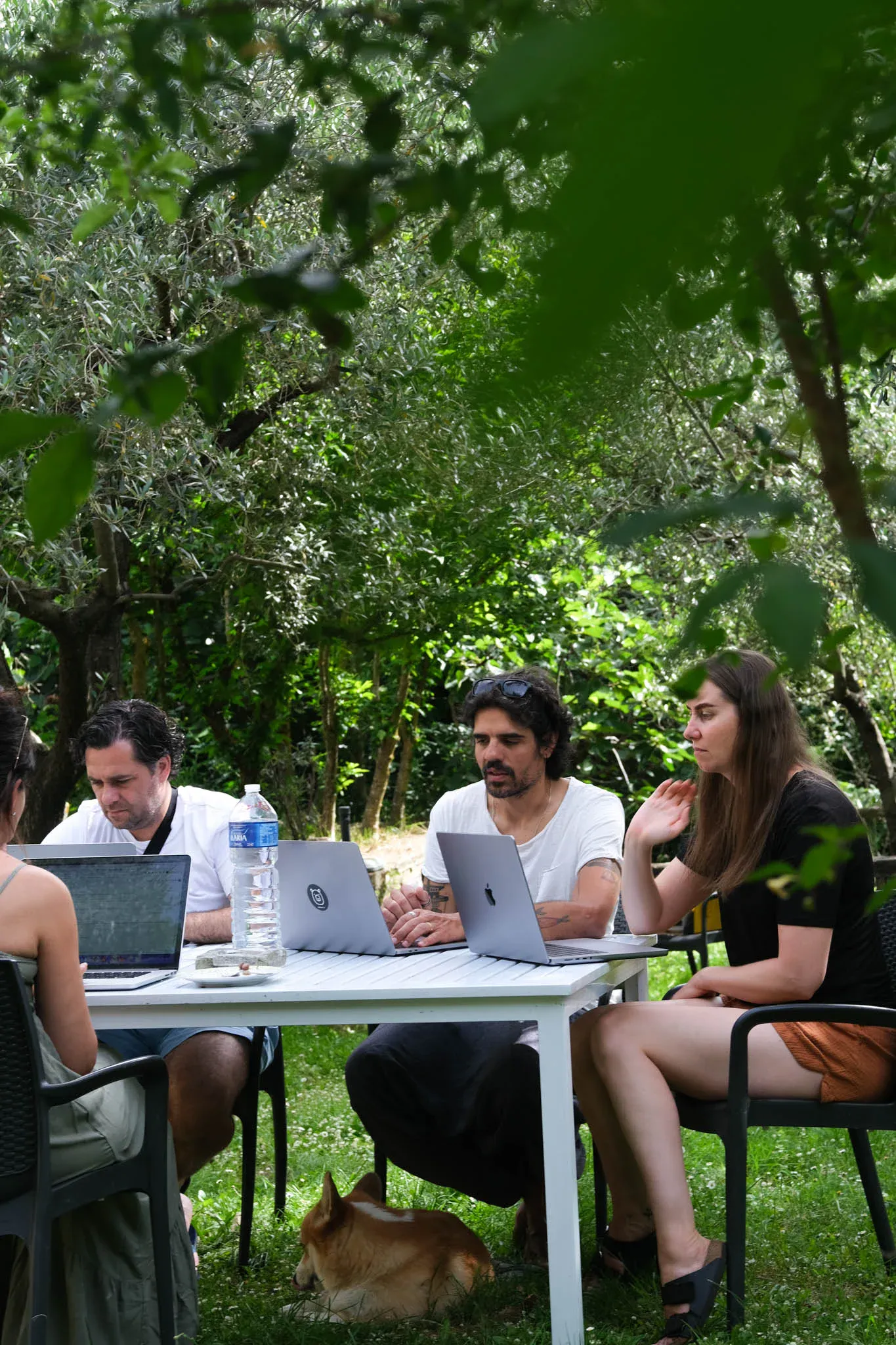
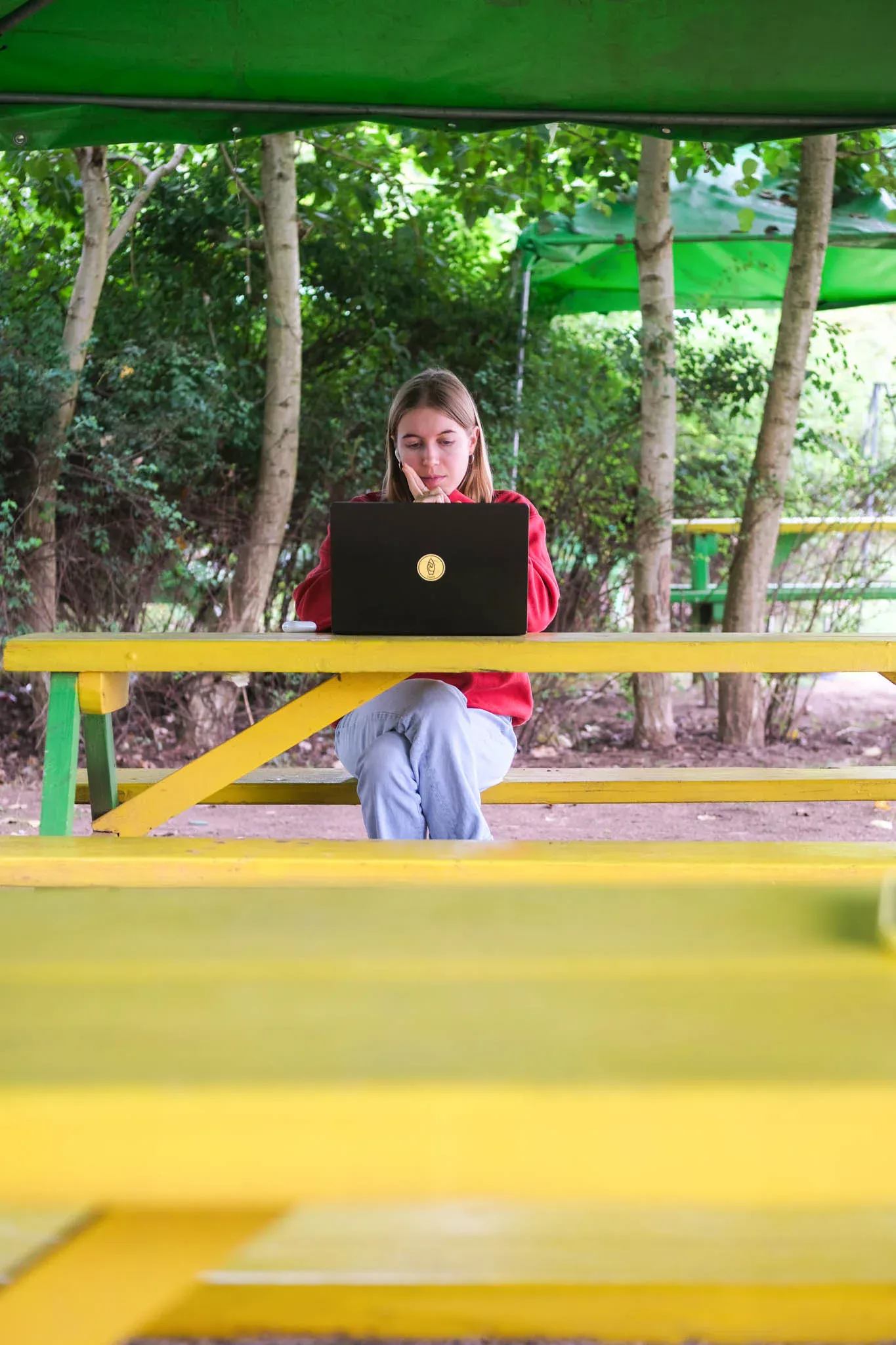
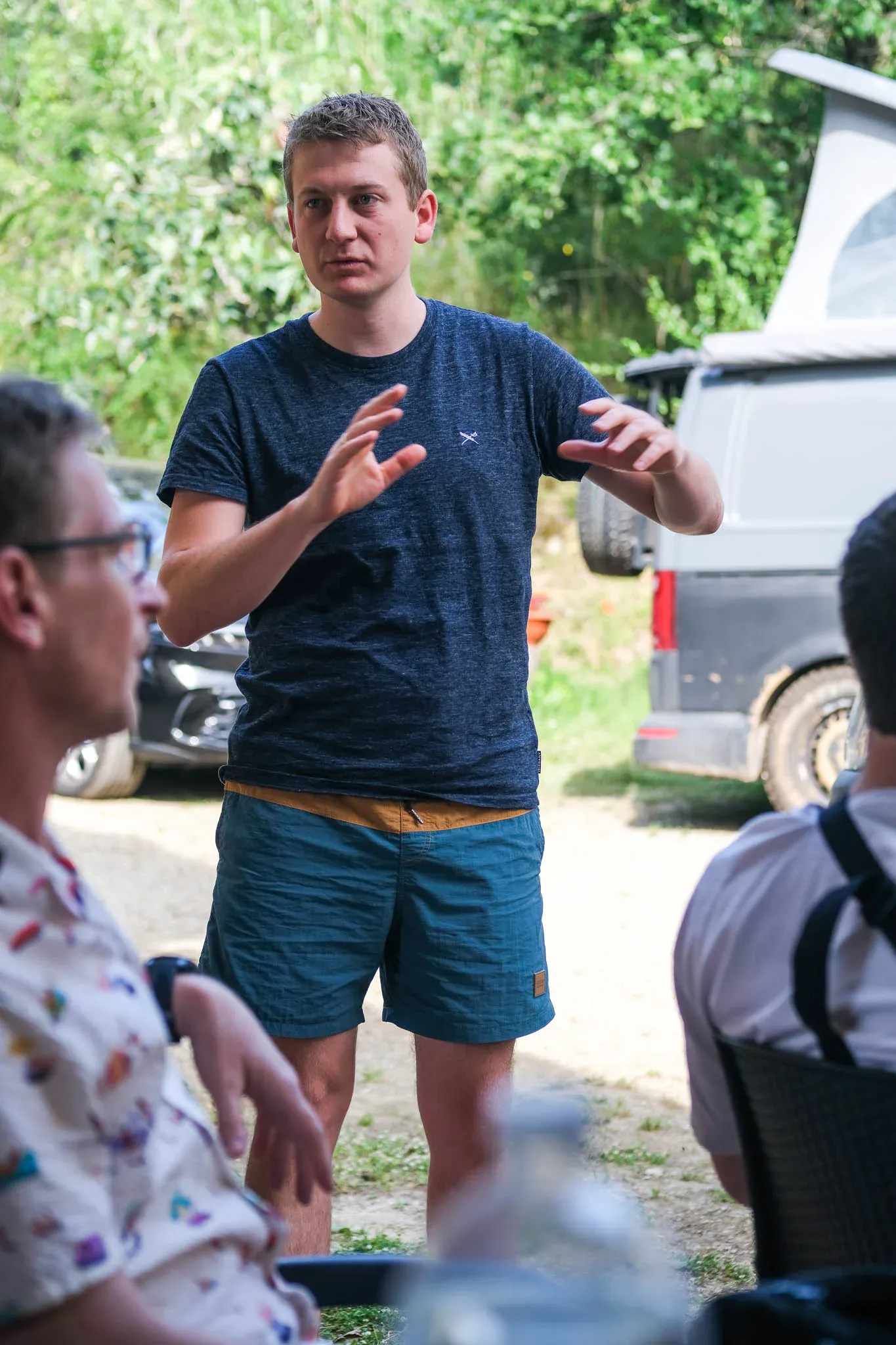
The fact that productivity in the traditional sense needs to be rethought in times of digitalisation and AI is not a new insight. Many ideas and concepts, such as ‘New Work’, are already focussing intensively on the topic of what the working conditions of the future must look like so that people are absorbed in their work instead of being exhausted. Here too, the focus is on questions such as
- How can we recognise, promote and exploit people's strengths at work?
- How can people and companies be brought together?
Ultimately:
- How can people be put in the foreground?
So here we are again.
- Wie kann man die Stärken der Menschen in der Arbeit erkennen, fördern und ausschöpfen?
- Wie kann man Menschen und Unternehmen zusammenbringen?
- Letztlich:
- Wie kann der Mensch in den Vordergrund gestellt werden?
Da sind wir also wieder.
‘New Work needs inner work - Joana Breidenbach, Bettina Rollow
A new corporate culture doesn't happen overnight. Let's imagine the whole thing as an iceberg. Culture design begins under water - in the invisible. The basis is a feeling of psychological security for employees as well as clearly defined values and norms that have an impact on attitudes and feelings.
Only when this foundation has been created can culture design begin in the visible - in behaviour. Leadership is particularly important here. ‘People-driven leadership’ means that managers must recognise and promote the needs of their employees. Only then can appropriate freedom, inspiration and motivation be created.
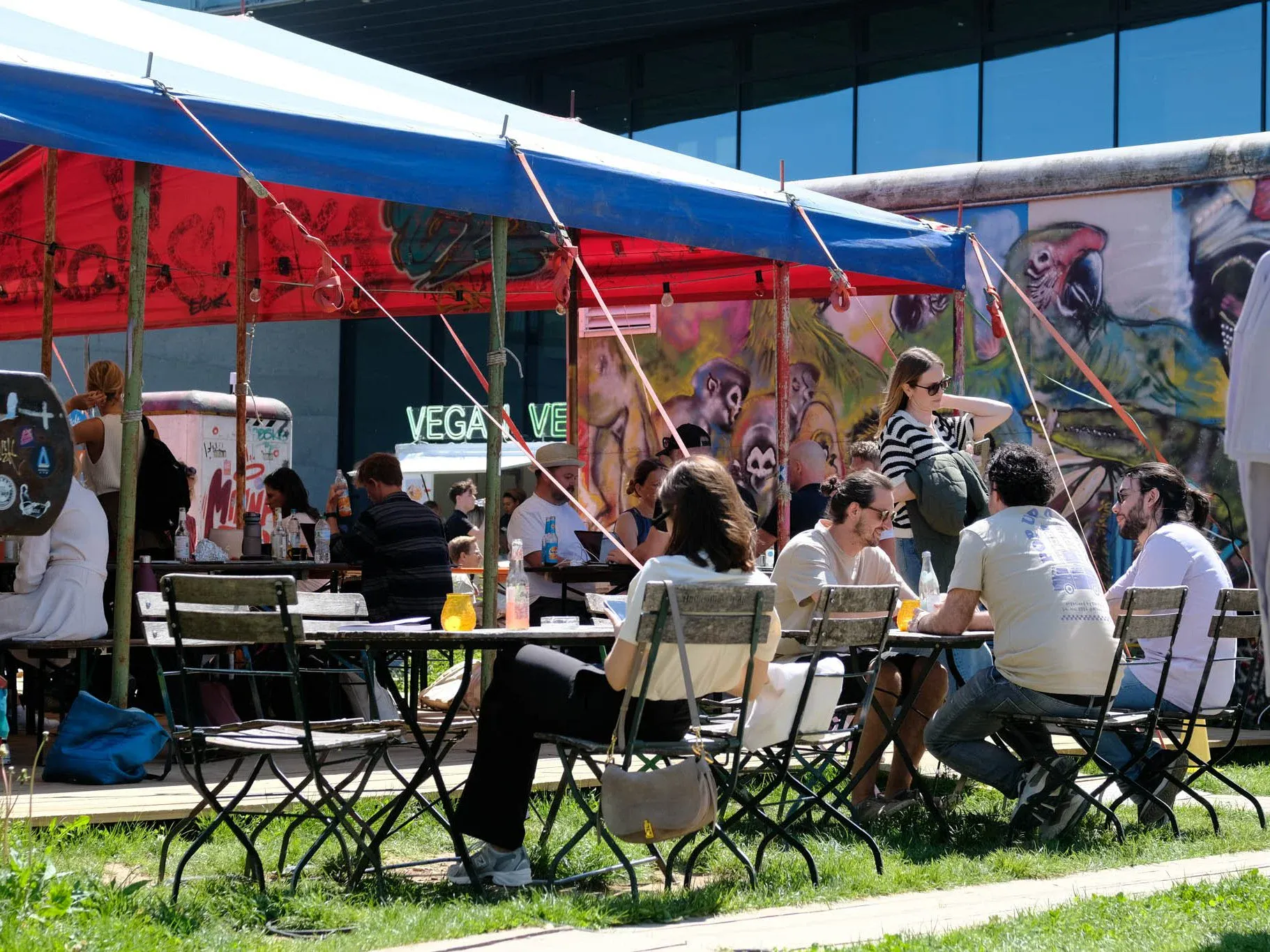
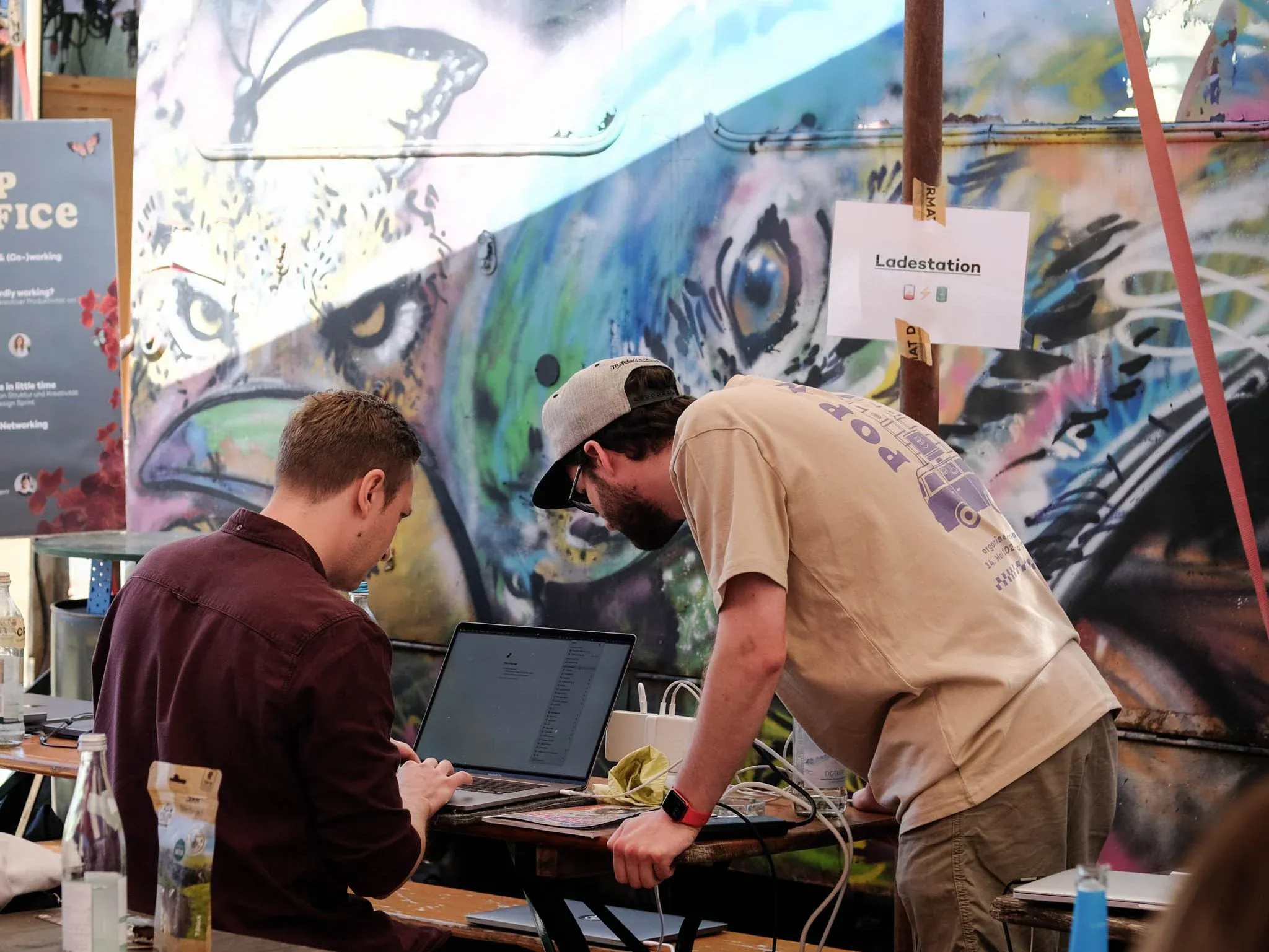
👀 Stay curious.
Make inspiration your habit. Keep your eyes open. Take a conscious step back from the daily grind. Take 30 minutes a week to get inspiration from outside. What's new in the industry? What are others doing well? Read articles about things that interest you. Sign up for creative lunches and talk to people inside and outside your bubble. For example, we have always organised annual Creative Breakout Days. You can read about why and what they look like here.
💪 Concentrate on your strengths.
We humans are usually naturally drawn to the things we are good at. If you realise: ‘This is something I'm good at and something that interests me’ - then get stuck in. For example, if you are interested in topics such as communication, then use your interest to take your team communication to the next level.
But it doesn't always have to be the same whole process or big changes... culture design is a lengthy process... so here's the next tip:
🌱 Start small.
Small things can go a long way: to establish appreciation, for example, be a good role model yourself and give recognition. What you give is what you get. This is another way to build an appreciative culture. Or set up a Kudos channel - it's quick and can be effective if it is used in an exemplary manner.
🖤 Find fans.
Don't do things alone. Change can happen when many people see the added value and want it. Find a few colleagues and inspire them. Ask them for further input. And if you get people to make the right adjustments, the whole system will move very quickly.
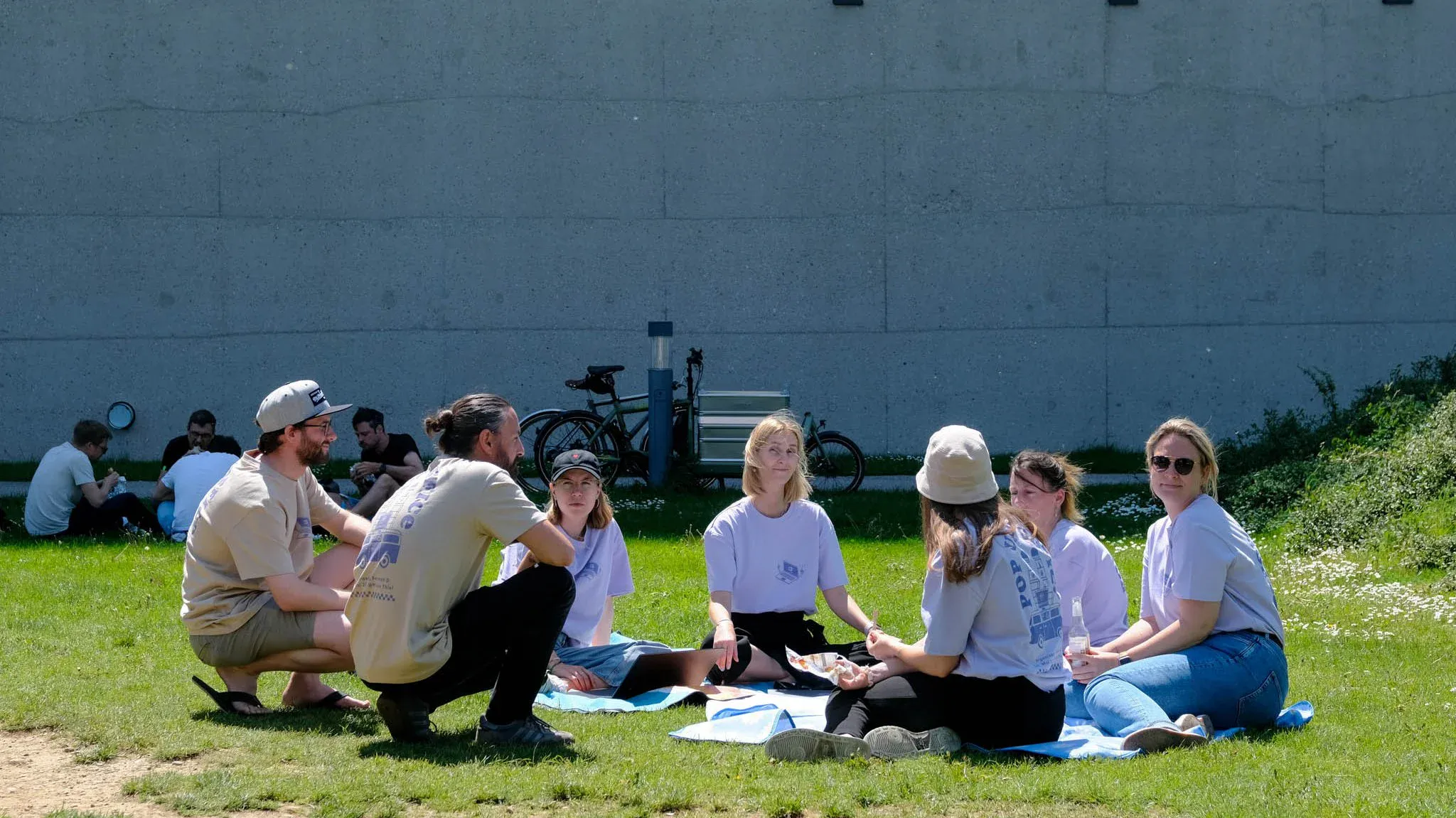
Ultimately, we realise that what works for us may be difficult for other companies to implement. That's not the claim and working outside is not a panacea just because it's trendy at the moment. But we are also convinced that every company has the opportunity to constantly redesign and question its own culture and develop a path for itself from within that puts people at the centre of the daily creative process.
